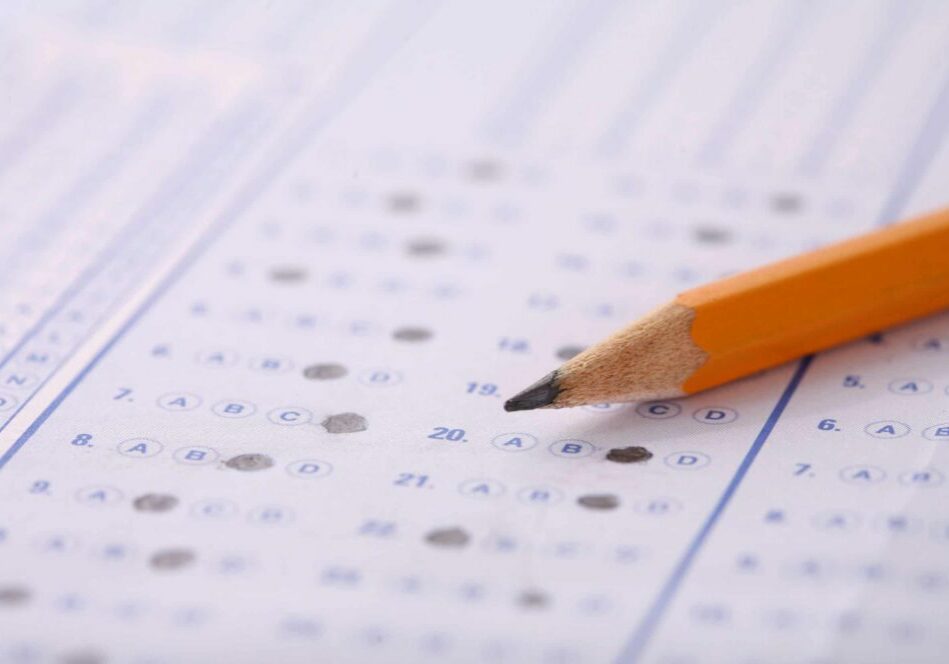By Olivia Haas
After the pandemic hit New Jersey in the spring of 2020, the New Jersey Department of Education temporarily modified the rules regarding certification requirements for completion of performance assessments. Prior to the modification, preservice educators were required to complete and pass edTPA to get their Certificate of Eligibility with Advanced Standing (CEAS). This modification allowed future educators who were unable to complete edTPA to still get their CEAS if they met all other requirements for the CEAS during the 2020-21 academic year.
Now, edTPA is back, and it is just as terrible as before. I am a math secondary education major in my senior year who needs to complete edTPA this semester to get my CEAS. In my student teaching placement, I will be taking over five high school math classes and will be teaching close to 100 students. To more established educators, this probably seems manageable, but to me it is terrifying, especially because I must complete edTPA at the same time.
EdTPA is based on three to five lessons, a very small portion of my student teaching experience. The assessment has three tasks with five rubrics for each task. That is 15 rubrics with a score for each ranging from 1 to 5. Thus, the highest score is a 75.
My professors have told me that scoring a 5 is unheard of. They have explicitly told me that I should aim to get a 3 on all the rubrics since the edTPA passing score for Secondary Mathematics is a 37. Never in my educational experience have I been told I could never a receive the highest possible score on an assessment no matter my effort.
The first task of edTPA is about planning for instruction and assessment, which involves writing three to five lessons plans and justifying those lesson plans.
The second task is about instructing and engaging students in learning. This task requires us to record our students and submit an unedited 15-minute video segment of a lesson. The video demonstrates a small aspect of who I am as a preservice educator and how I interact with students. To my students and their parents, the video is an invasion of their privacy.
The third task is about assessing student learning.
One of my professors recommended recording my video for edTPA right after Presidents Day. That is after only 18 days in the classroom. The idea of having Task 1 of edTPA completed and starting to record my lessons for this assessment is nerve-wracking. Teaching in a high school is brand new to me. I do not yet know how to reach all the students in my classroom academically because I am still learning how to be an educator, and I am still learning about my students. I do not know how to teach in the middle of a pandemic. I do not know all my students’ names yet, but I do know what I will be teaching for edTPA in two weeks.
Instead of focusing on my students, my main priority is forced to be this assessment. Even though, as I write this, I have two more weeks until recording my lessons for edTPA, in my heart I know I am doing a disservice to my students by creating a lesson conforming to the edTPA handbook instead of their needs.
Despite being advised by many not to go into teaching, a career where the compensation makes paying off student debt economically daunting, NJEA Preservice members and fellow aspiring educators have decided to become teachers because of our passion for education. EdTPA, however, is yet another barrier that not only prevents us from becoming educators but deprives us from fully immersing ourselves into our student teaching experiences.
Olivia Haas is the vice president of NJEA Preservice. She majors in math secondary education at The College of New Jersey.
